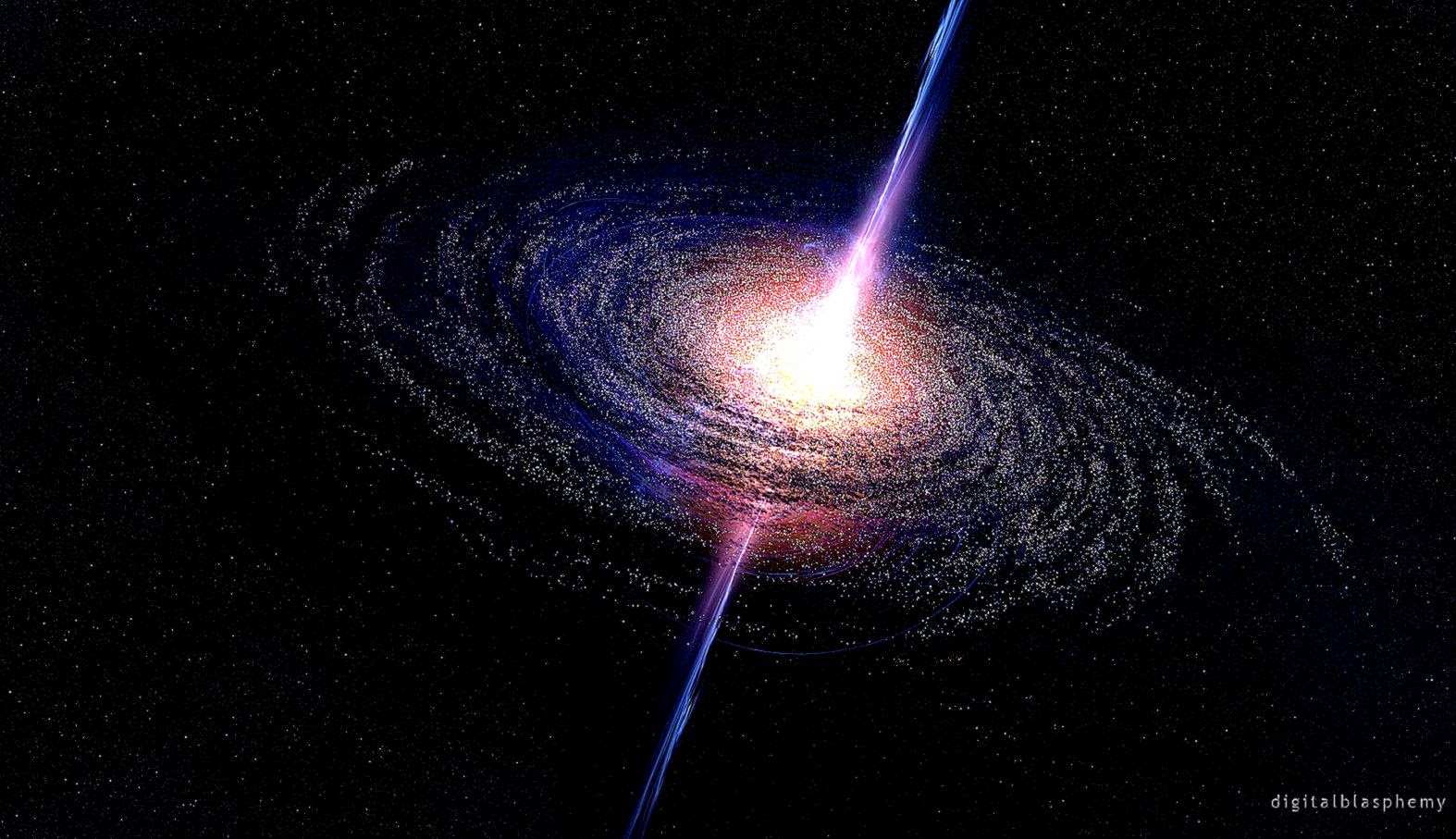
“Polarized light tells us about magnetic fields near the black hole, how strong they are and how they connect the black hole’s accretion (eating habits) and the jet of plasma it’s able to eject out of the entire galaxy,” said study coauthor Sara Issaoun, a doctoral student in astrophysics at Radboud University in the Netherlands. Subscribe to CNN’s Wonder Theory newsletter: Sign up and explore the universe with weekly news on fascinating discoveries, scientific advancements and more

More than 300 scientists around the world contributed to the research. Multiple studies about the black hole published Wednesday in The Astrophysical Journal. They were able to learn about the gas that actually produces the light in the image, as well as how the black hole grows, said study coauthor Jason Dexter, a coordinator of the EHT theory working group and assistant professor at the University of Colorado Boulder. While most matter near the edge of a black hole falls inside it, some of the matter is able to escape just before and is blasted out in the jets. These bright jets of energy and matter extend about 5,000 light-years from the center of the galaxy. In the new image, astronomers have been able to learn more about how the black hole launches energetic jets of material moving near the speed of light. This black hole resides 55 million light-years from Earth and has a mass 6.5-billion times that of the Sun. The image reveals the black hole at the center of Messier 87, a massive galaxy in the nearby Virgo galaxy cluster.
#BLACK HOLE BACKGROUND SERIES#
This breakthrough was announced in a series of six papers published in a special issue of The Astrophysical Journal Letters. Today, in coordinated press conferences across the globe, EHT researchers reveal that they have succeeded, unveiling the first direct visual evidence of a supermassive black hole and its shadow. The Event Horizon Telescope (EHT) - a planet-scale array of eight ground-based radio telescopes forged through international collaboration - was designed to capture images of a black hole. It was the first direct visual evidence that black holes exist, the researchers said. The Event Horizon Telescope collaboration used a global network of telescopes in April 2017 to capture the first-ever picture of a black hole, which the team shared in 2019.

The scientists also discovered that a significant amount of light around the black hole is polarized. In this case, analyzing how the light around this black hole at the center of the M87 galaxy is polarized allowed astronomers a sharper view and the ability to map magnetic field lines near its inner edge. Light can also be polarized when it’s emitted in hot regions of space near magnetic fields. Think about your polarized sunglasses, which help reduce glare and reflections of brightness. While the first image of this black hole and its shadow was released in 2019, the new image released Wednesday shows the cosmic body in polarized light. Astronomers have a new, more complete picture of the supermassive black hole at the center of a galaxy 55 million light-years from Earth – the first black hole ever to be imaged.


 0 kommentar(er)
0 kommentar(er)
